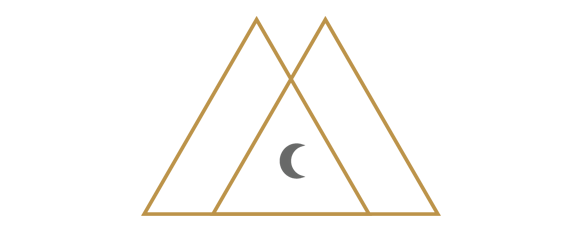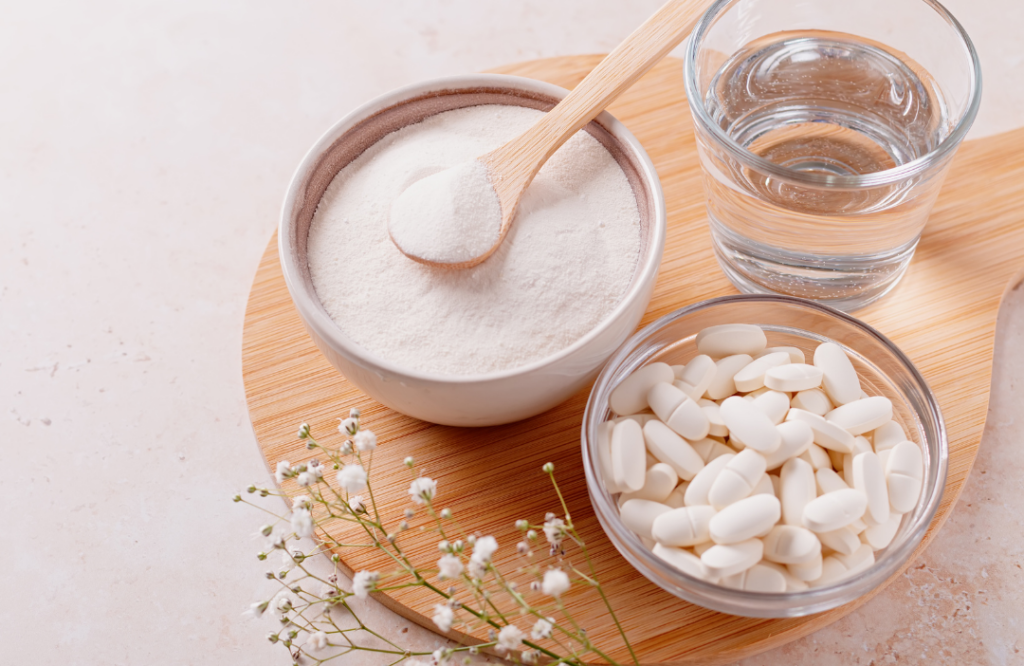Dry Needling Vs. Acupuncture
Published on June 17, 2014 by Dr. Caitlin Gordon

I have had several patients come to me after getting temporary relief from dry needling in hopes that acupuncture would yield longer lasting results. And their instincts are correct!
What is “dry needling”?
The term came about after some experiments were conducted that used hypodermic needles to inject different solutions into muscles to help relieve pain and tension. This technique was so effective, the researchers decided to try using the needles but not injecting anything (“dry” needling) and found that the insertion of the needles itself had therapeutic effects. Soon they began using acupuncture needles since they were thinner and less painful than the larger-gauge, hollow hypodermic needle, and–no surprise—the acupuncture needles yielded positive results.
Dry needling is the insertion of acupuncture needles into a contracted muscle belly (aka trigger-points) with the intention of creating a spasm that causes the muscle to relax. [fusion_builder_container hundred_percent=”yes” overflow=”visible”][fusion_builder_row][fusion_builder_column type=”1_1″ background_position=”left top” background_color=”” border_size=”” border_color=”” border_style=”solid” spacing=”yes” background_image=”” background_repeat=”no-repeat” padding=”” margin_top=”0px” margin_bottom=”0px” class=”” id=”” animation_type=”” animation_speed=”0.3″ animation_direction=”left” hide_on_mobile=”no” center_content=”no” min_height=”none”][1] Dry needling utilizes an acupuncture technique and acupuncture needles on acupuncture points. [2] However, since acupuncture doesn’t fall within their scope of practice, (and is invasive as opposed to non-invasive “manual therapy” for which they are trained) Physical Therapists (PTs), Chiropractors and other body workers need a term other than “acupuncture” so that they can include it in their legal treatment repertoire. It is validating that other practitioners see the benefits of acupuncture and want to use it! However, there are some concerns:

The problem with “dry needling”
Not understanding the difference:
Patients are not educated on the difference between dry needling and acupuncture. If they have a bad experience with dry needling, they are convinced acupuncture as a whole is painful, or ineffective.
Technique:
Dry needling usually employs a more aggressive and painful insertion than a trained acupuncturist would use. When performed by someone other than a licensed acupuncturist, this may lead to higher rates of injury, pneumothorax, and the impression that acupuncture is very painful. Acupuncture should not be painful, aside from a brief pinch on needle insertion.
Training:
To practice dry needling requires anywhere from 24 to 200 hours of training. This is approximately 1/10th to 1/100th of the training a licensed acupuncturist receives with the use of needles.
Higher Potential Risk:
Wouldn’t it seem risky to go to an acupuncturist to have your neck cracked/adjusted? Would knowing that I had a 30 or 50-hour chiropractic course convince you that I was qualified to crack (adjust) your neck? I hope not. To utilize acupuncture needles therapeutically, requires due respect and significant training, as they retain the potential to cause harm if used improperly—particularly in the style most often used in dry needling: long needles and forceful manipulation.
From an energetic standpoint, dry needling can cause an imbalance in your qi. This is the energy coursing through your body that is manipulated through acupuncture by a Chinese Medicine Practitioner. The location, type of needle, the length of the needle, the direction of the needle insertion, type of manipulation on the needle and even the way the needle is removed are all intentional actions in an acupuncture treatment that are designed to balance your body’s energy.
Because dry needling is the insertion of acupuncture needles, it can have a powerful effect on your overall system. Unfortunately, your chiropractor or physical therapist is not trained to understand the complex theory behind the modality they have adopted, and are not able to be intentional about how they manipulate your body’s energy. This could leave you feeling very drained, stagnant, or scattered, and could potentially exacerbate other symptoms or conditions that arise separately from the pain for which you are being treated.
Certainly, we acupuncturists work on the physiological level as well, but we do so much more! (You might be skeptical, and that’s okay. I invite you to compare how you feel after a dry needling session and an acupuncture session, and you will likely understand what I mean.)
Scope:
Dry needling is designed to help with pain and pain alone. This is great; however, it gives the impression that acupuncture is similarly only meant for treating pain. In contrast, acupuncture is a complete medical system designed to treat problems from pain to chronic disease–systemically.
Lasting Results:
Patients often experience only temporary relief with dry needling alone. This is because it operates in the Western medical reductionist view of the body. Eastern medicines like Traditional Chinese Medicine are designed to be holistic in their approach, in contrast to the symptom- and problem-focused treatment of the Western Medical system. Part of the flaw in treating one’s body as an assembly of separate parts is that very myth! You simply cannot isolate an influence on one part of the body without having an effect on the rest. It is necessary to be intentional about the whole system effect to avoid causing negative side effects and unintended harm. Dry needling, like writing a prescription for pain meds, addresses a specific symptom but does not seek to put the body back into harmony as a whole, and therefore is rarely as long lasting as a proper acupuncture treatment would be.
If acupuncture alone is not enough to solve your health concerns and:
…you need your bones or fascia adjusted, I will refer you to a Chiropractor, a Doctor of Osteopathy or a Rolfer.
…you need exercises to rehabilitate dysfunctional or injured muscles and tendons I will send you to a Physical Therapist.
…you need some extensive physical bodywork, I will refer you to a Massage Therapist.
…you need medication, imaging, or emergency care, I will refer you to a hospital or M.D.
If you want to find out if your insurance covers acupuncture, contact me and I will check your benefits for you! I happily accept insurance.
If you or someone you know has suffered injury or harm from the use of acupuncture needles by a physical therapist or other allied health professional who lacked the education and supervised clinical training of licensed acupuncturists, please call and file a report to the National Center for Acupuncture Safety and Integrity: 775-301-5255.
[1] In Traditional Chinese Medicine, we call these tender spots Ah Shi points and the insertion of needles into tight muscles is a thousands-of-years-old technique known as acupuncture on a local area of “qi and blood stagnation”. [2] “A 1977 study published in Pain (the official journal of the International Association for the Study of Pain), Melzack, Stillwell and Fox established that ‘every trigger point [reported in the Western medical literature] has a corresponding acupuncture point.’ A number of studies subsequently published in the Western medical literature have reached this same basic conclusion.” Melzack R, Stillwell DM, Fox EJ. Trigger points and acupuncture points for pain: correlations and implications. Pain. 1977 Feb;3(1):3–23. [3] Excerpt from this article. For more information about dry needling: https://iaoma.org/dn-resource-10-facts/
The contents of this site, including text, graphics, images, and other material are for informational purposes only. Nothing contained in this site is or should be considered or used as a substitute for professional medical or mental health advice, diagnosis, or treatment. Please schedule an appointment for personalized health advice.






